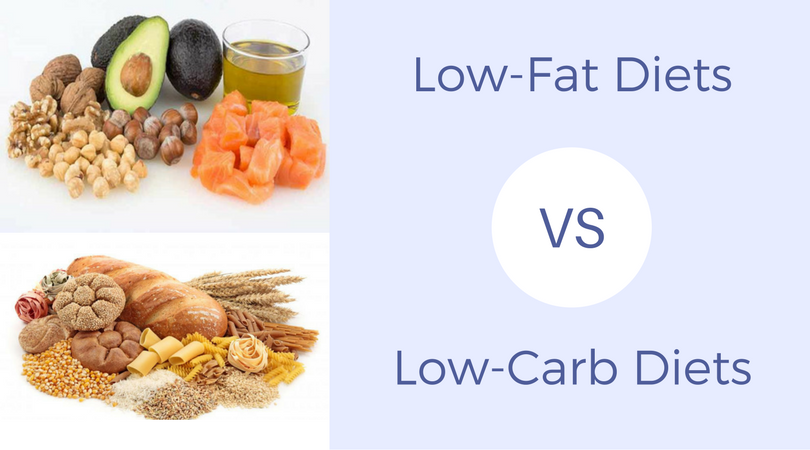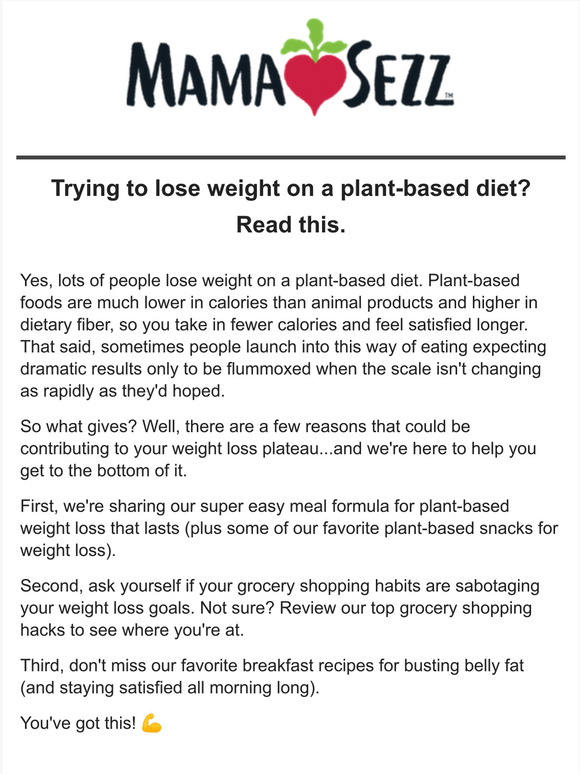
You should aim to exercise at 80% of your maximum heart rate in order to burn fat. However, how to know if you're at your fat-burning heart rate? Read on for some tips and tricks to help you reach that goal. Before you go running or doing any other exercise, check your heart rate. Here are some ways to check your heart rate and lose fat.
80 % of your maximum heart beat
Your maximum heart rate is 70-80%. This is the best zone for burning fat. At this rate, your body can burn fat and use it as fuel. You must also remember to stay within your fitness limits. To get the most out of your workouts, you should stay in the fat-burning zone for at least 30 minutes. To assess your exercise intensity, you could also use a talking test. Your exercise intensity will be high if you are unable to speak a complete sentence and stop.

Your maximum heart rate equals your age minus 220. If you are 40, your maximum heart rate is 180 beats per minute. Your fat-burning heart beat zone can be calculated by multiplying your maximum heart rate (50) and your age (two20). Next, multiply these two numbers by 80. You'll be able to work out at this intensity for the shortest amount of time. You should aim to train in the 70-80% range of your maximum heart rate.
80% of your fat-burning heart rate
Using your heart rate to guide your workouts can help you burn more calories and lose weight. But there is no one heart rate that is perfect for everyone. Your ideal heart rate range for fat-burning is 60.2% to 80% of your maximum rate. Here's how your heart rate should change at different times. These guidelines will help you get fat-burning success.
For fat loss, exercise at 70 to 80 percent of your fat-burning heartrate. This is known as the 'fat-burning zone'. By working out in this range, you'll be burning more fat and maintaining a healthy weight. While vigorous exercise can increase your heartbeat, you shouldn't exert the same amount of effort as if it were at the top.
Do you want to test your heartbeat?
A heart rate sensor is compatible with all mobile devices and provides real-time data. It can be used to measure your heart rate during a workout. It is useful for setting a reference point that will help you determine your target heartbeat, which is the fastest method to lose fat. It's easy enough to identify whether your exercise routine falls within the fat-burning zones. And because a higher heart rate indicates a higher metabolism, it can help you lose fat.

Several factors affect your heart rate. Your age is the most important factor. A 35-year-old's heart rate should be 165 beats per hour. Your heart beat can change depending on the temperature. Also, you might be taking medication which can increase or decrease your heart beat. For best results, you should exercise in an environment with low ambient temperatures. In addition to this, your heart rate should be within 115 to 130 beats per minute if you want to burn fat.
FAQ
Are there side effects to intermittent fasting
Intermittent fasting is safe and has no side effects. If you don't plan well, you may experience minor issues.
If you skip breakfast, for example, you may feel constantly irritable. Headaches, dizziness, fatigue and muscle cramps are all possible.
These symptoms usually disappear within a few days.
How long should I fast intermittently to lose weight
The answer is not as simple as you might think. A number of factors need to be considered when determining how many days of fasting are needed for optimal fat loss. These are:
-
Your age. Intermittent fasting can be difficult for young people (under 40). This is because they have less time to recover after each fast. You may not have enough energy for a sustained period of daily fasting if you are older (over 60).
-
Your current body composition. A longer period of fasting is more beneficial for those with a lot of muscle mass. However, if you have little muscle mass, then shorter periods of fasting may be better suited for you.
-
How physically active. You may need to increase your fasting time if you exercise often. This will ensure you get enough rest between workouts.
-
Your health history. Extra fasting may be necessary for people who have heart disease, diabetes, cancer, or other medical conditions.
-
How do stress and anxiety affect you? Stress can often lead to us eating more. To avoid this, you might want to increase the lengths of your fasting window.
-
The type of diet you follow. Certain diets, like ketogenic diets, may require even longer fasting periods.
-
How much sleep you get. A decreased quality of sleep can also be linked to decreased appetite and metabolism. It could take some experimentation to discover the best method for you.
-
The amount of protein that you consume. Protein stabilizes blood sugar levels. Therefore, eating more protein could result in lower insulin levels. This would allow you to fast for longer periods of time.
-
Individuals who are trying lose or gain weight will require longer fasting times than those who are trying.
-
How many calories do you consume in your fasting windows? Fasting for fewer calories a day can result in more fat loss than fasting to eat more calories a day.
-
Your overall fitness level. Fasters who are very fit tend to have higher metabolic rates, which allows them to burn more calories throughout the day.
-
Your gender. Men tend to have greater appetites that women, so they may need a longer fast. Women are more likely to have smaller appetites and may need to fast only 20-30 minutes every day.
-
Your lifestyle. Are you someone who does a lot of exercise? Do you work out several times a week? Do you work at a desk all day? These factors could affect how much you should fast.
-
How much money are you willing to spend on food? Not all healthy food means you need to spend a lot more on groceries. Whole grains can be replaced by white bread, fruits can replace candy bars, and lean cuts of meat can be used to save money.
-
How important it can be to control your appetite. If you don't want to skip meals, you might not need to fast as long as other people do.
What can I eat in the morning while intermittently fasting
It is a good idea to drink water early in the day. This helps you feel fuller quicker and gives you energy for the rest of your day. Add lemon juice or cucumber pieces to spice it up.
How long does weight loss take?
It takes time for weight loss. It takes about six months to lose 10% of your weight.
You shouldn't expect weight loss overnight. Your body will need time to adapt to new dietary changes.
This means that you should gradually change your diet over several days or weeks.
Fad diets are not recommended as they don't work. Instead, change your daily routine.
For example, if you normally eat unhealthy snacks late at night, then you should cut down on this habit.
You should eat healthier meals in the morning. You'll be able to eat healthier meals earlier in the evening, and you won't snack later at night.
You should also drink plenty of water during the day. Water keeps your body hydrated and prevents dehydration. Dehydration makes you feel tired and sluggish.
Drinking lots of water throughout the day can help you stay energized, focused, and alert.
Finally, you should reduce stress levels by doing things that relax you. Spending time with loved one could help you reduce stress.
You can also listen to music or read books.
These activities can help you to unwind after stressful situations. They can also help improve your moods and self-esteem.
If you want to lose weight, consider your health first.
Your physical fitness level is an indicator of your overall health. You should eat right and exercise regularly if you want a fit body.
Statistics
- Among women, the increase in metabolic rate was nearly 4%, or 50 more calories per day (14Trusted Source (healthline.com)
- A 12-week study in 20 women with obesity found that walking for 50–70 minutes 3 times per week reduced body fat and waist circumference by an average of 1.5% and 1.1 inches (2.8 cm), respectively (healthline.com)
- According to a study sponsored by the American Council on Exercise, a person weighing around 140 pounds (64 kg) would burn 108 calories at a 30-minute beginner's Pilates class or 168 calories at an advanced class of the same duration (26). (healthline.com)
- According to Harvard Health, it's estimated that a 155-pound (70-kg) person burns around 167 calories per 30 minutes of walking at a moderate pace of 4 mph (6.4 km/h) (5). (healthline.com)
External Links
How To
How to exercise for weight loss
Being active is one of the best methods to lose weight. Many people don't know how to exercise properly. Cardio exercises include walking, running, swimming and cycling. Strength training should also be included such as lifting weights, doing pushups, pullups, squats, lunges etc. The most effective way to lose weight is to combine these two types of exercises together. Find friends who are open to joining you on your exercise journey. You have the option to go to a gym, but you also have the option of walking around the neighborhood. Whatever type of activity you choose, make sure that you stick with it consistently. It's easy not to stick with a routine when you first start working out. Keep at it!